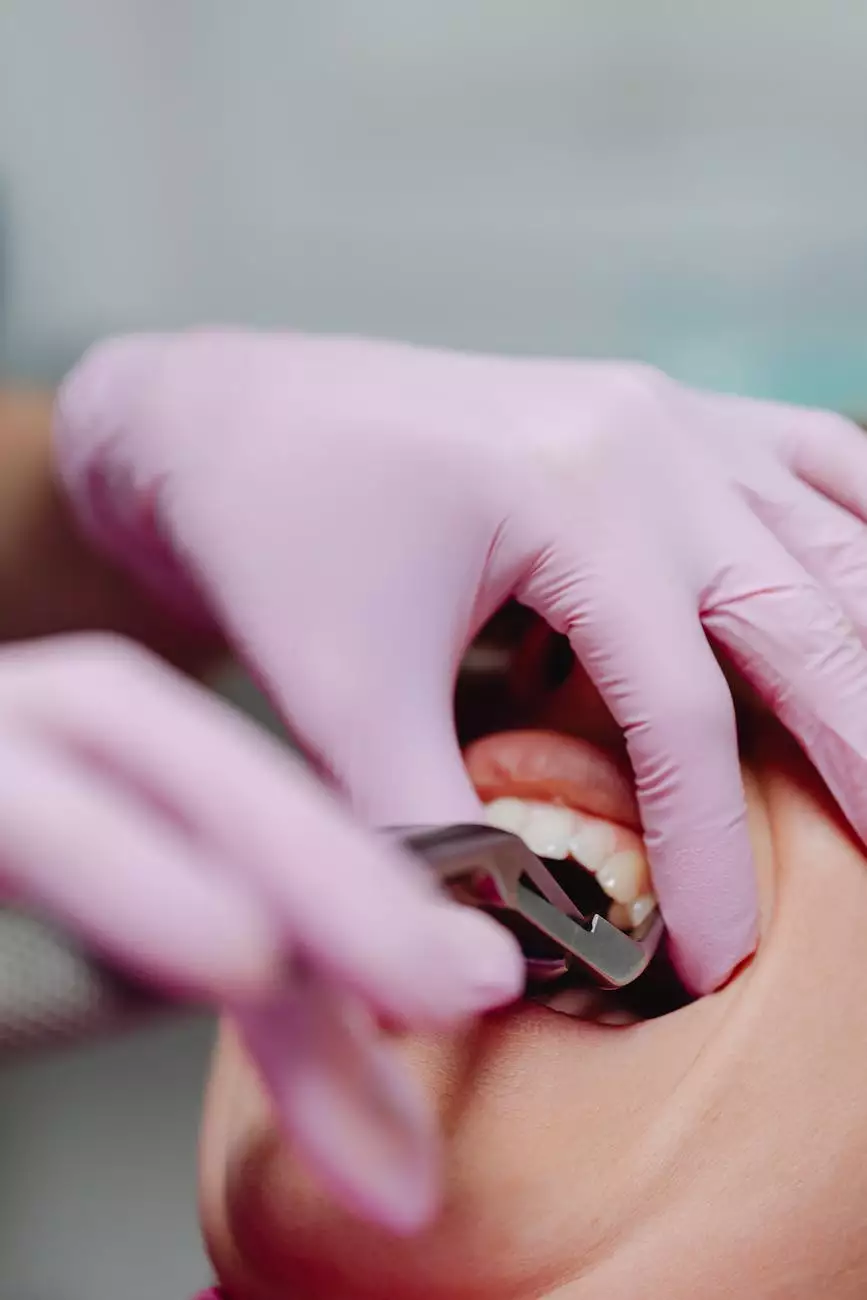10 Symptoms of Arm Artery Disease

Introduction
Arm artery disease, also known as peripheral arterial disease (PAD) of the upper extremities, is a condition that affects the blood vessels carrying oxygen and nutrients to the arms. At Greenstem Clinic, we understand the importance of accurate diagnosis and effective treatment for this condition, which is why we have compiled a comprehensive guide to help you identify the symptoms of arm artery disease. In this article, we will cover the ten common symptoms associated with this condition, providing you with valuable insights and information to seek prompt medical assistance.
1. Arm Pain or Discomfort
One of the primary symptoms of arm artery disease is arm pain or discomfort. Patients often experience aching, cramping, or heaviness in their arms, typically during physical activity or even at rest. If you notice persistent pain or discomfort in your arms, it is essential to consult with a healthcare professional to determine the underlying cause and receive appropriate treatment.
2. Weakness or Fatigue in Arms
Arm artery disease can lead to reduced blood flow to the muscles, resulting in weakness or fatigue in the arms. Patients may find it challenging to perform routine tasks that require arm strength, such as lifting objects or participating in physical activities. This symptom shouldn't be ignored, as it could indicate a significant underlying issue that requires medical attention.
3. Numbness or Tingling Sensations
When the blood flow to the arms is compromised, patients may experience numbness or tingling sensations in their arms and hands. This sensation is often described as a "pins and needles" feeling and can be accompanied by a loss of sensation or reduced sensitivity. If you frequently experience these sensations, it is crucial to consult with a healthcare professional to determine the cause and receive appropriate treatment.
4. Coldness in Arms
Another common symptom of arm artery disease is the sensation of coldness in the arms. This occurs due to inadequate blood flow, resulting in reduced warmth and temperature regulation. Patients may notice that their arms feel unusually cold or that one arm is colder than the other. It is important not to dismiss this symptom, as it could signify an underlying vascular issue that requires medical intervention.
5. Changes in Arm Color
In some cases, arm artery disease can cause changes in the color of the affected arm. Patients may notice that their arm appears pale or bluish in comparison to the other arm. These changes in color are often indicative of compromised blood flow and should not be ignored. Consulting with a healthcare professional is vital to identify the cause and receive appropriate treatment.
6. Hair Loss on Arms
Arm artery disease can also lead to hair loss on the affected arm. Reduced blood flow can affect the hair follicles, resulting in thinning or complete loss of hair in the arms. If you notice significant hair loss on one or both arms, it is essential to seek medical advice to determine the underlying cause and explore treatment options.
7. Slow Healing of Wounds
Impaired blood flow caused by arm artery disease can affect the healing process of wounds on the arms. Patients may observe that wounds take longer to heal, and minor injuries or cuts become more prone to infection. If you experience delayed wound healing or notice other concerning changes, it is crucial to consult with a healthcare professional for a comprehensive evaluation.
8. Muscle Atrophy
As arm artery disease progresses, patients may notice muscle atrophy or a decrease in muscle mass in their arms. This occurs due to reduced blood flow depriving the muscles of vital nutrients and oxygen. Muscle atrophy can affect arm strength and mobility, significantly impacting a person's daily activities. Seeking medical attention if you notice signs of muscle atrophy is crucial for proper diagnosis and treatment.
9. Shiny Skin on Arms
Shiny and smooth skin on the arms may be an indication of arm artery disease. When blood flow is compromised, the affected skin may appear glossy and have a tight or stretched appearance. If you notice significant changes in the texture and appearance of your arm skin, we strongly recommend consulting with a healthcare professional for an accurate diagnosis.
10. Limited Range of Motion
Arm artery disease can restrict the range of motion in the affected arm. Patients may find it challenging to perform everyday tasks that require flexibility and mobility in their arms. Limited range of motion can significantly impact one's quality of life and should not be ignored. Seeking medical advice to address this symptom is crucial for proper management and improved arm functionality.
Conclusion
Recognizing the symptoms of arm artery disease is a crucial step towards early diagnosis and effective treatment. If you experience any of the ten symptoms discussed in this article, we encourage you to consult with the experts at Greenstem Clinic for a comprehensive evaluation and personalized treatment plan. Arm artery disease should never be ignored, and seeking prompt medical attention can significantly improve your overall wellbeing and quality of life.










